5 Best Practices for STEM Education Spaces
EdTech Magazine
APRIL 24, 2018
Makerspaces — a key element of STEM education — are popping up in classrooms and libraries across the U.S. It’s a creative space where students not only can build things, but also create things, such as a new advocacy program on a social issue. “In The independent private school in Medina, Wash., which has 330 students, is not alone.



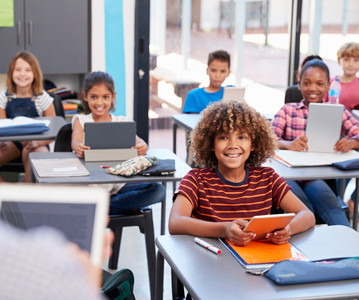

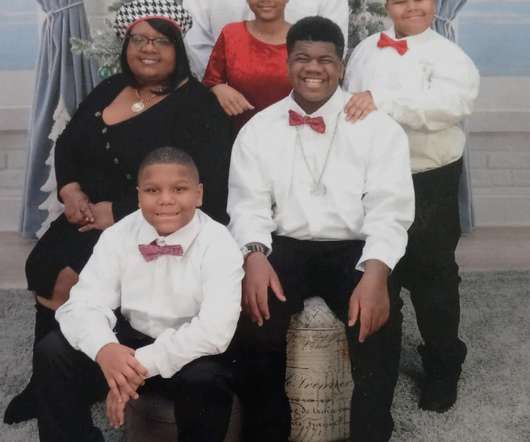

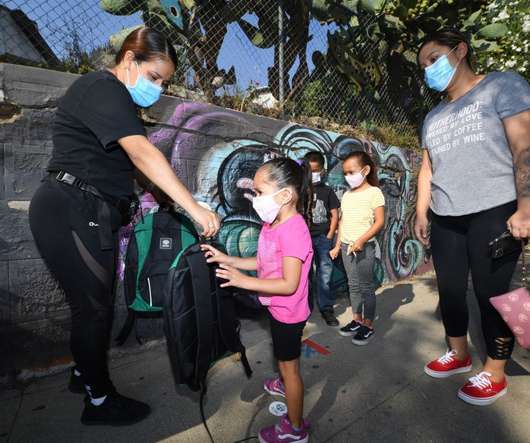




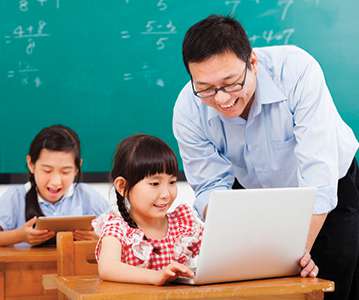

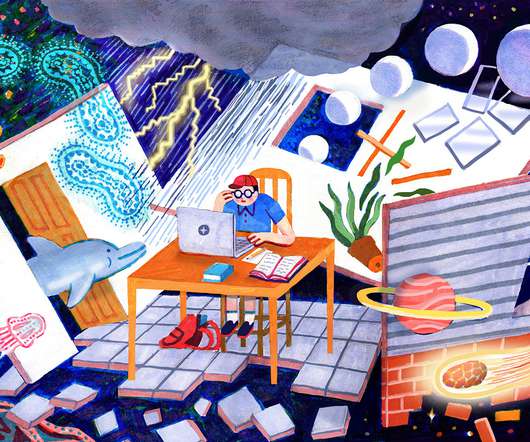

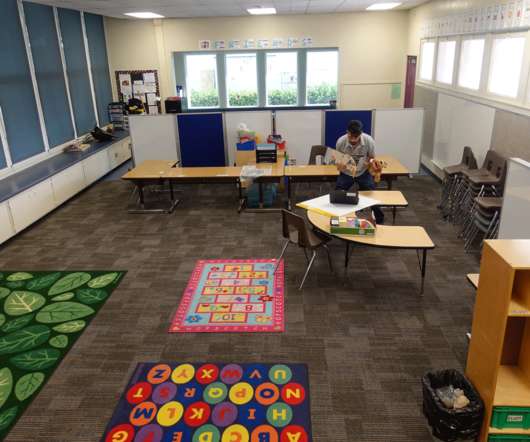

















Let's personalize your content